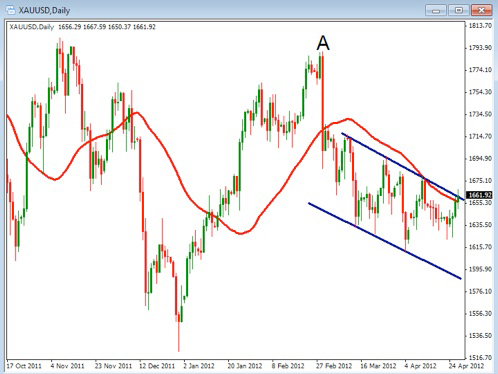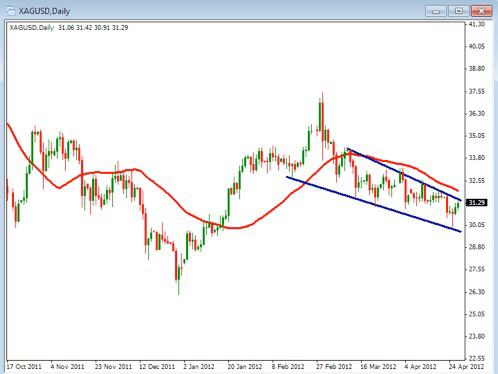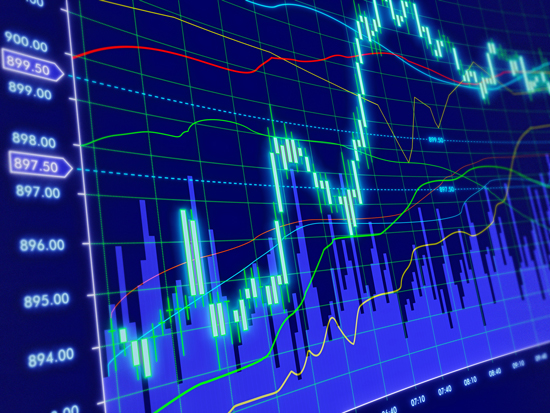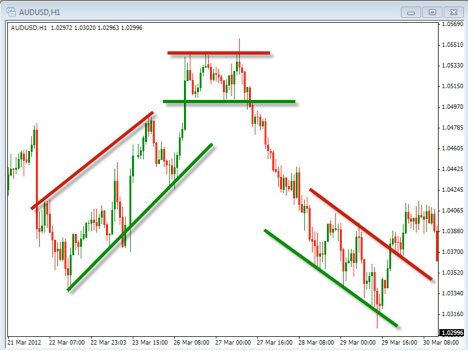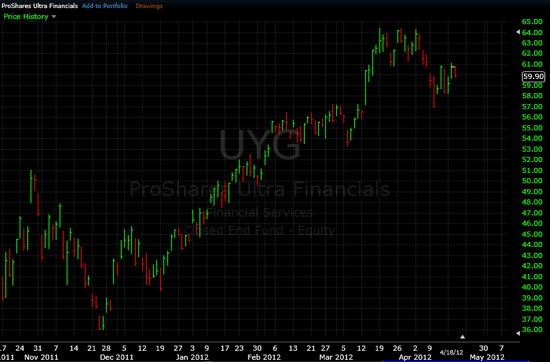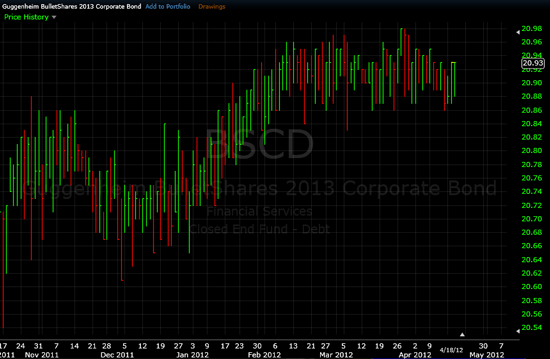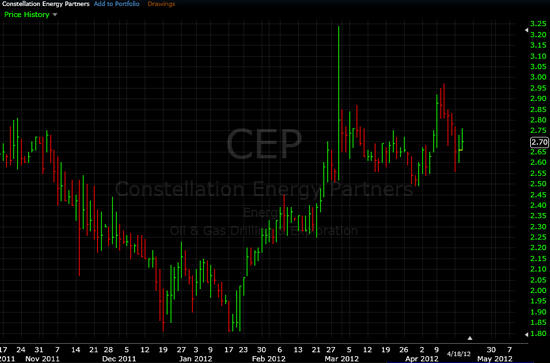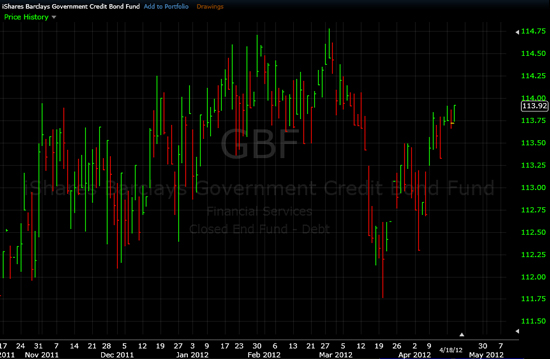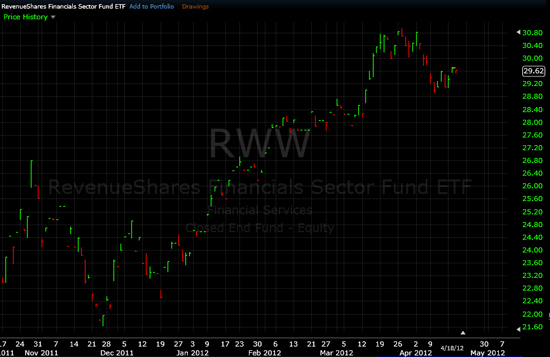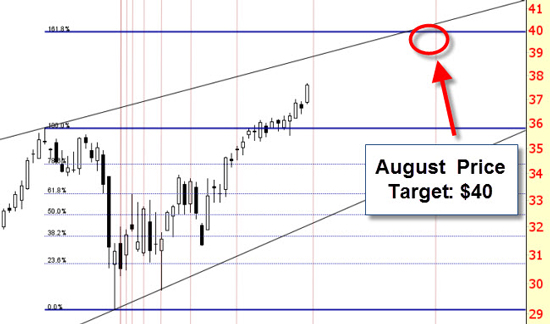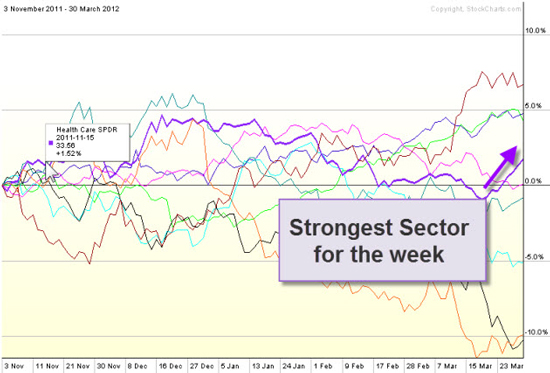This may sound counterintuitive to many people, but all the successful traders out there know this:
You have to know how you’re going to get out of the trade, before you get in.
Most people call this an “Exit Strategy” and it’s something you need to really think about every time you place a trade. And it doesn’t matter if you trade stocks, or if you trade forex, or ETFs. This applies to ANY kind of trading.
So the first thing you need to figure out is where to place the protective stop. This varies greatly on your trading plan, which methods you’re utilizing, and where points of support or resistance are in the market you’re in, but just know that using stops is not an option… It’s a necessity.
Now the next step is setting your profit objectives. And this is something I want to dig a little deeper into.
As a rule of thumb, your profit objective is 1.5 times your initial stop loss.
1.5x. Write that down because it’s important. It’s not 3x or 4x, or 5x the initial stop loss. Now you often hear: even if the “amazing trading system of the day” is only 50% accurate” then with a risk / reward of say 3:1, that trader will be hauling in truck loads of money? Right?
I disagree. That trader might have a truckload of something, but it’s not going to be filled with money! Trading with those kinds of ratios equate to one thing: A busted trading account.
The fact is, you could be using a very good system, but if you over extend yourself like that, your win to loss percentages will shrink rendering what your doing simply not profitable.
Now there are always exceptions to rules like this. One would be if you’re using multiple exit strategies you may have ONE of them set at something as high as 4:1, but that’s only if it’s carefully planned in conjunction with other more conservative exit strategies.
The reason is VERY few trades will ever meet a 4 to 1, or even a 3 to 1 ratio unless you happen to be in one of those “impossible to lose” trends that honestly, don’t come around very often.
Another thing to think about is that you should consider using a system that moves these parameters around dynamically while you’re in the trade. That way you’re constantly minimizing risk in case the trade turns on you, and at the same time maximizing profits if the trade goes in your favor.
Now I’ll talk to you more about exit strategies in the near future, but if you can take away one tidbit of information with you today: Just remember a profit objective of 1.5 times your initial stop is always a safe place to start.


